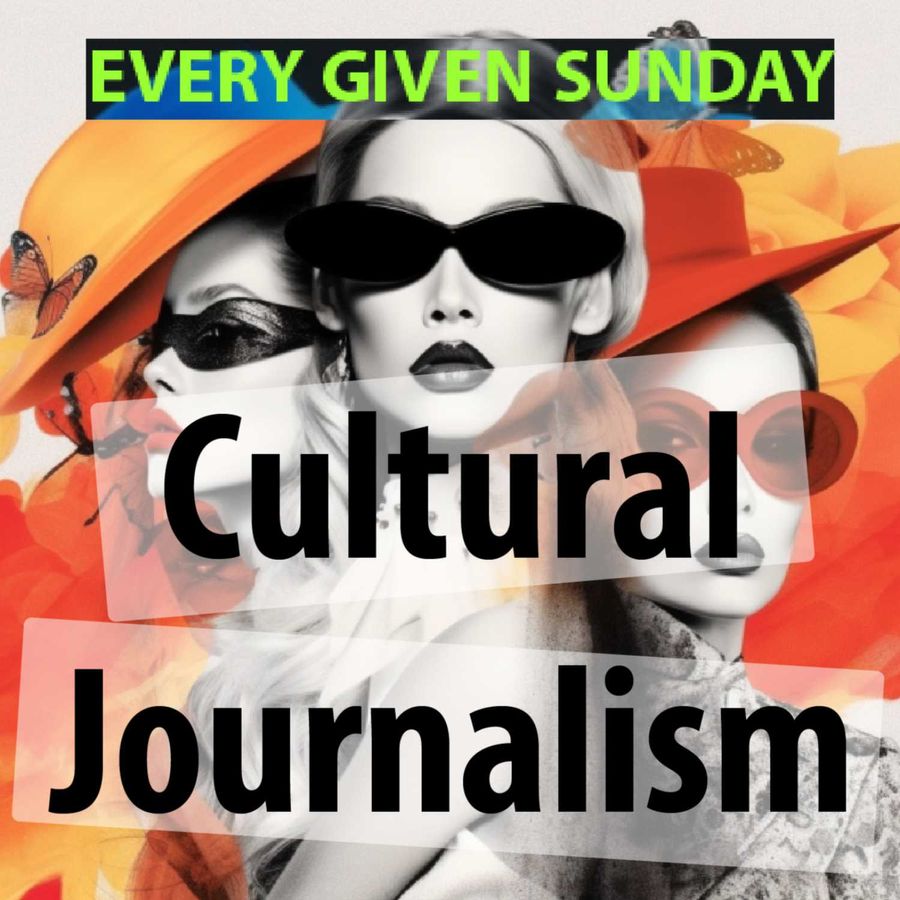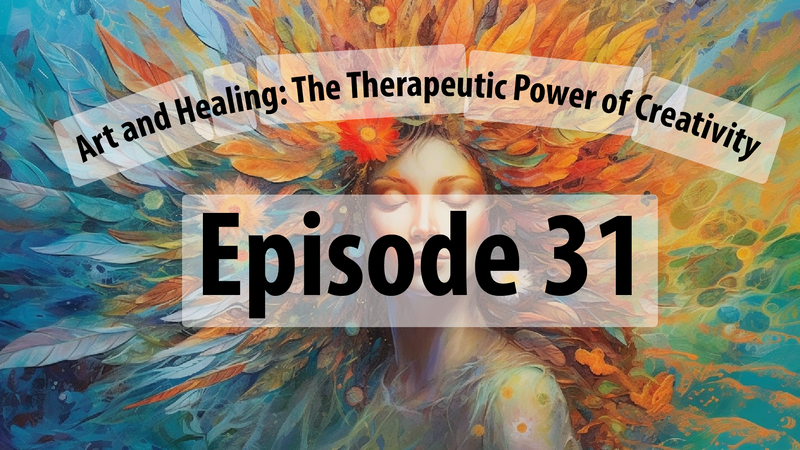Art and Healing: The Therapeutic Power of Creativity, or Wishful Thinking?
In art and healing, a topic often eliciting a sentimental and unquestioning embrace, it is essential to maintain a critical lens and subject the claims of therapeutic power to rigorous examination. While the idea that creativity possesses healing properties may be comforting, it is imperative to challenge this conventional wisdom and explore whether it holds up to intellectual scrutiny. So let us embark on an unapologetic pursuit of academic rigour to dissect the claims surrounding the therapeutic power of art, drawing upon historical references and sharp wit to uncover the truth.
To approach this subject, we must first define what is meant by "therapeutic power." The proponents of art as therapy argue that engaging in creative endeavours can alleviate emotional distress, promote self-expression, and enhance overall well-being. However, let us not forget that correlation does not imply causation. It is easy to mistake the comforting qualities of art for a natural curative effect. The placebo effect can be powerful, and attributing healing to the art may manifest the human mind's inclination to find solace and meaning in aesthetic experiences.

Furthermore, historical references demonstrate the ambiguity surrounding the therapeutic claims of art. Consider the case of Vincent van Gogh, an artist renowned for his profound struggles with mental health. While van Gogh's art continues to inspire and move us, it did not serve as a panacea for his demons. His artistic brilliance was born out of anguish, not healing. It is dangerous to conflate the creative process with therapeutic benefits, as doing so oversimplifies the complexities of mental health and undermines the importance of evidence-based treatments.
Additionally, the idea that art possesses an inherent therapeutic quality fails to account for the vast array of individual experiences and preferences. Just as beauty lies in the eye of the beholder, so does art's potential healing power. What might soothe one person's soul may elicit indifference or even exacerbate distress in another. We cannot disregard the subjective nature of artistic interpretation and the wide-ranging emotional responses it evokes.
Moreover, there is a danger in placing excessive reliance on art as therapy, as it may divert attention and resources from evidence-based psychological interventions. While art can complement traditional therapeutic approaches, it should not be considered a substitute for professional help. Mental health conditions require comprehensive care, which may involve medication, cognitive-behavioural therapy, or other evidence-based treatments. The notion that art alone can provide a cure neglects the complexity of psychological distress and undermines the role of trained professionals.
Critics might argue that artistic expression can be cathartic and aid emotional release. However, we must question whether catharsis alone constitutes genuine therapeutic progress. Emotional freedom, while momentarily satisfying, does not necessarily translate into lasting psychological well-being. It is akin to releasing steam from a pressure cooker without addressing the underlying issues. True healing requires a deeper understanding of one's emotions and the development of coping strategies, which can be best achieved through evidence-based therapeutic modalities.
Furthermore, the assumption that creativity necessarily leads to improved mental health ignores the realities of many artists' lives. Throughout history, numerous creative geniuses have suffered from mental illness and addiction. The tortured souls of figures like Edgar Allan Poe, Virginia Woolf, and Sylvia Plath challenge the notion that art is inherently curative. While they produced profound works of art, their lives were marked by deep anguish. Their experiences stand as a reminder that artistic expression does not guarantee therapeutic benefits or shield against mental turmoil.
In conclusion, the claims surrounding the therapeutic power of art demand a critical examination. While embracing the notion that creativity possesses healing properties is tempting, we must not succumb to wishful thinking or sentimentalism. The historical record, the subjectivity of artistic interpretation, and the need for evidence-based treatment all caution against an uncritical acceptance of the idea. While art can certainly provide solace, inspire introspection, and aid in emotional expression, it falls short of being a comprehensive therapeutic modality. To address the complexities of mental health, we must approach the subject with intellectual rigour, challenging conventional wisdom and recognizing the need for a multifaceted approach to healing.


